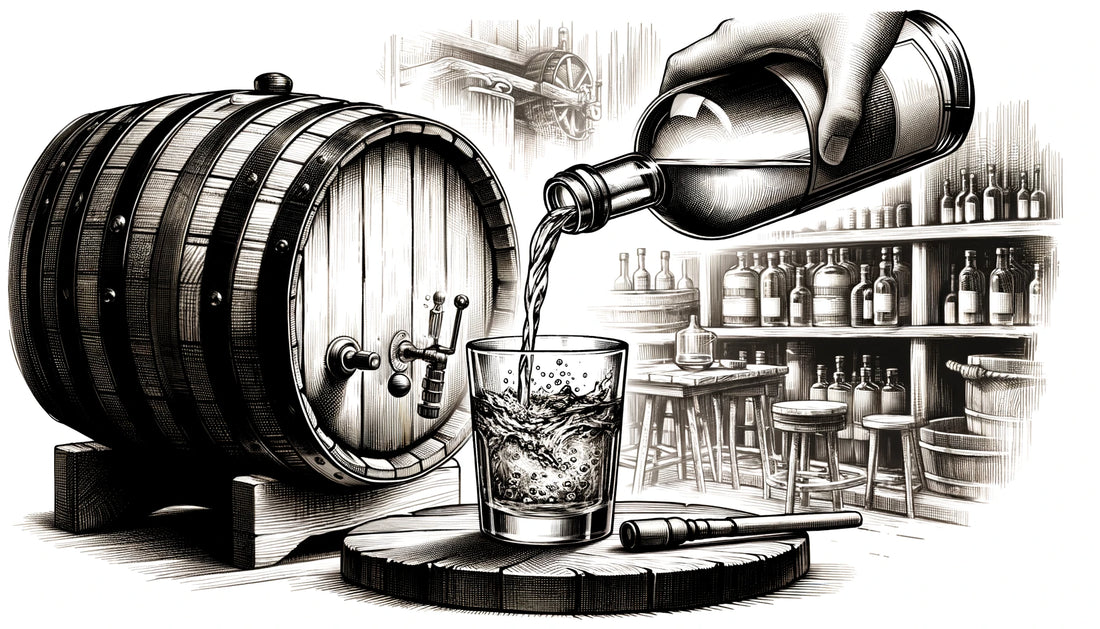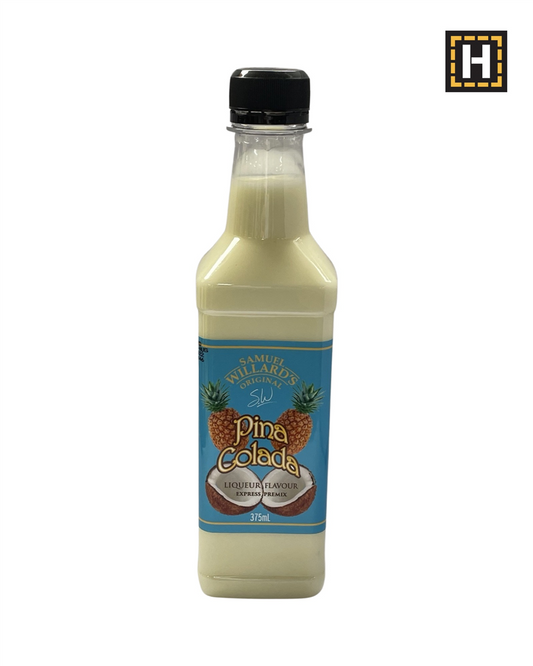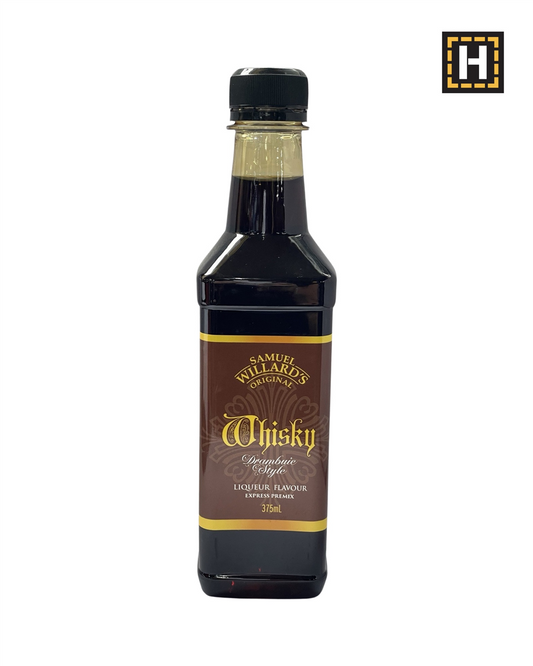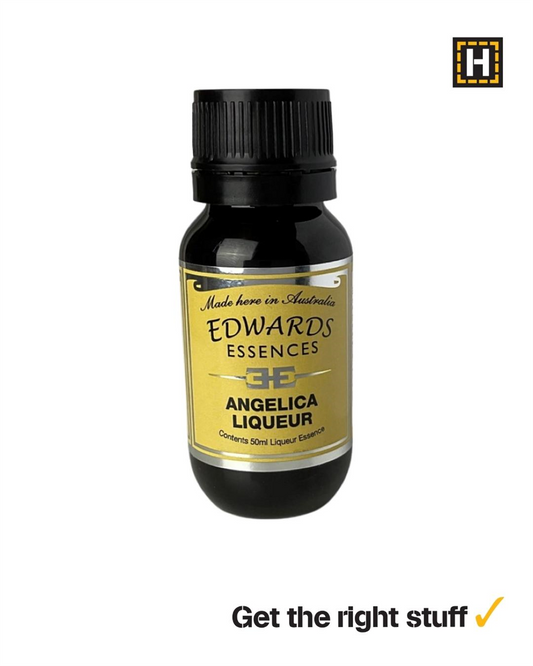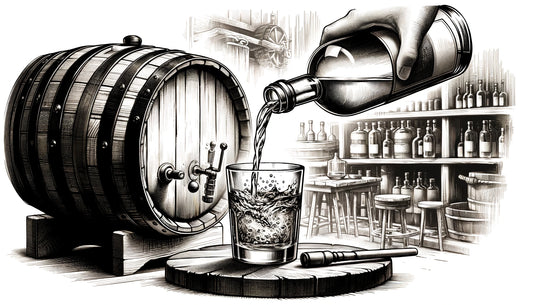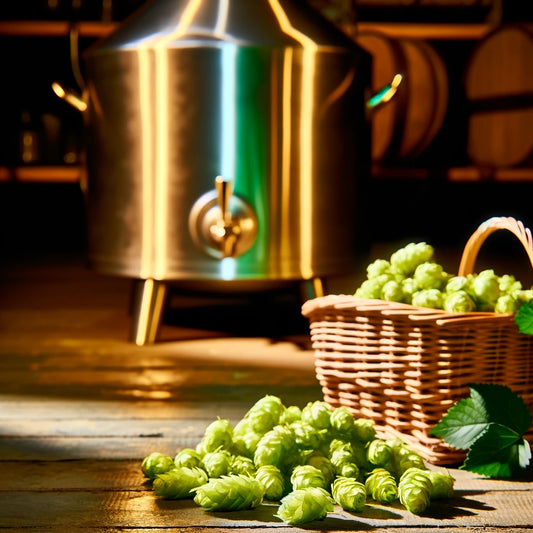Starting out with distillation, especially for beginners, can be an exciting journey into crafting your own spirits at home. The Still Spirits T500 Reflux Still is a premium choice for those looking to dive into the world of distillation. Designed for producing high-quality, clean, and pure alcohol, the T500 is renowned for its efficiency and ease of use, making it perfect for both beginners and experienced distillers.
Equipment Needed:
- T500 Reflux Still: At the heart of your distillation setup is the T500 Reflux Still. It's specifically designed to produce a high yield of alcohol with exceptional purity, capturing up to 95% of the possible alcohol from the wash. This results in alcohol with up to 93% purity, outperforming many other stills on the market
- T500 Boiler: The boiler is a crucial component, featuring a 25-liter capacity. It comes with two power switches to control the heating element, allowing for a full power of 2200W (for 220V units). You can adjust the power to 1100W to suit your distillation needs. The boiler is designed with safety features like a boil-dry reset and thermal cut-out fuse.
- Condenser: You have a choice between a stainless steel or copper T500 Reflux Condenser. Each material offers its benefits, with copper being particularly valued for its ability to remove sulphides from the alcohol vapor, resulting in a smoother end product.
- Accessories: The kit includes essential accessories such as a digital thermometer, distilling conditioner, ceramic boil enhancers, a water flow controller with various tap adaptors, and an instruction booklet.
Getting Started with Making Spirits at Home
This guide will walk you through the initial steps of making your wash, the basics of distillation with the T500, and finally, flavouring your spirits.
Preparing Your Wash
The first step in making spirits is to prepare your wash, which is the fermented mixture distilled into alcohol.
Ingredients:
- Water: The foundation of your wash, use clean, purified water for the best results.
- Sugar: Provides the fermentable material. You can use different types of sugar, including plain white sugar, brown sugar, or molasses, depending on the flavour profile you’re aiming for.
- Yeast: Converts the sugars into alcohol and CO2. Use a high-quality distiller's yeast for efficiency and better results.
- Nutrients: Yeast nutrients help ensure a healthy fermentation, especially important if using sugars that lack the necessary nutrients for yeast.
Process:
- Sanitisation: First, sanitise all equipment that will come into contact with your wash.
- Dissolving Sugar: Heat a portion of the water and dissolve your chosen sugar into it.
- Cooling: Allow the sugar solution to cool to around 25°C, then transfer it to your fermentation vessel.
- Top Up: Top up with the remaining water to reach your desired volume, usually 23 litres for the T500.
- Yeast Addition: Add your yeast and nutrients to the vessel and stir thoroughly.
- Fermentation: Seal the vessel with an airlock and store it at a consistent temperature suitable for your yeast, typically around 18-25°C. Fermentation can take anywhere from a few days to over a week, depending on conditions.
Distillation with the T500
- Once your wash is fermented and cleared, you're ready to distill.
- Setup: Assemble your T500 according to the manufacturer's instructions. Ensure all connections are secure and the unit is clean.
Distillation:
- Fill the Boiler: Transfer your cleared wash into the T500 boiler. Avoid adding sediment that may have formed during fermentation.
- Heating: Turn on the boiler and set it to the correct power setting. The T500 is equipped with a dual-element for faster heating and more efficient distillation.
- Collection: As the wash heats, alcohol vapors will rise, condense in the column, and then be collected. The first 5% of your distillate, known as the "foreshots," should be discarded as it contains harmful methanol and other undesirables.
- Heads, Hearts, and Tails: After discarding the foreshots, you’ll collect the "heads," which can have a sharp smell and taste. The "hearts" follow, which is the highest quality alcohol. Towards the end, you'll get the "tails," which can negatively affect the taste of your spirit and are often set aside or redistilled.
- Safety: Always monitor your distillation process closely. Never leave your still unattended while in operation.
Flavouring Your Spirits
The final step is to flavour your distilled spirit, transforming it into the beverage of your choice.
- Essences: Still Spirits offers a wide range of flavour essences that can be added directly to your distilled alcohol, replicating the taste of many popular spirits and liqueurs.
- Aging: For a more traditional approach, particularly with whiskeys and rums, aging your spirits with oak chips or in barrels can impart depth, character, and smoothness.
- Experimentation: Don’t be afraid to experiment with homemade recipes, infusing your spirits with fruits, herbs, or botanicals to create something truly unique
By following these steps, you can enjoy the satisfying process of crafting your own spirits at home. Remember, the key to great home distillation is patience, cleanliness, and experimentation.
Ready to embark on your distilling journey? Check out the products below, we have everything you need to start making your own spirits at home. From the T500 Reflux Still to a wide selection of flavour essences and all the essential accessories, we've got you covered. Click here to explore our collection and begin crafting your unique beverages today. Cheers to your distilling success!

